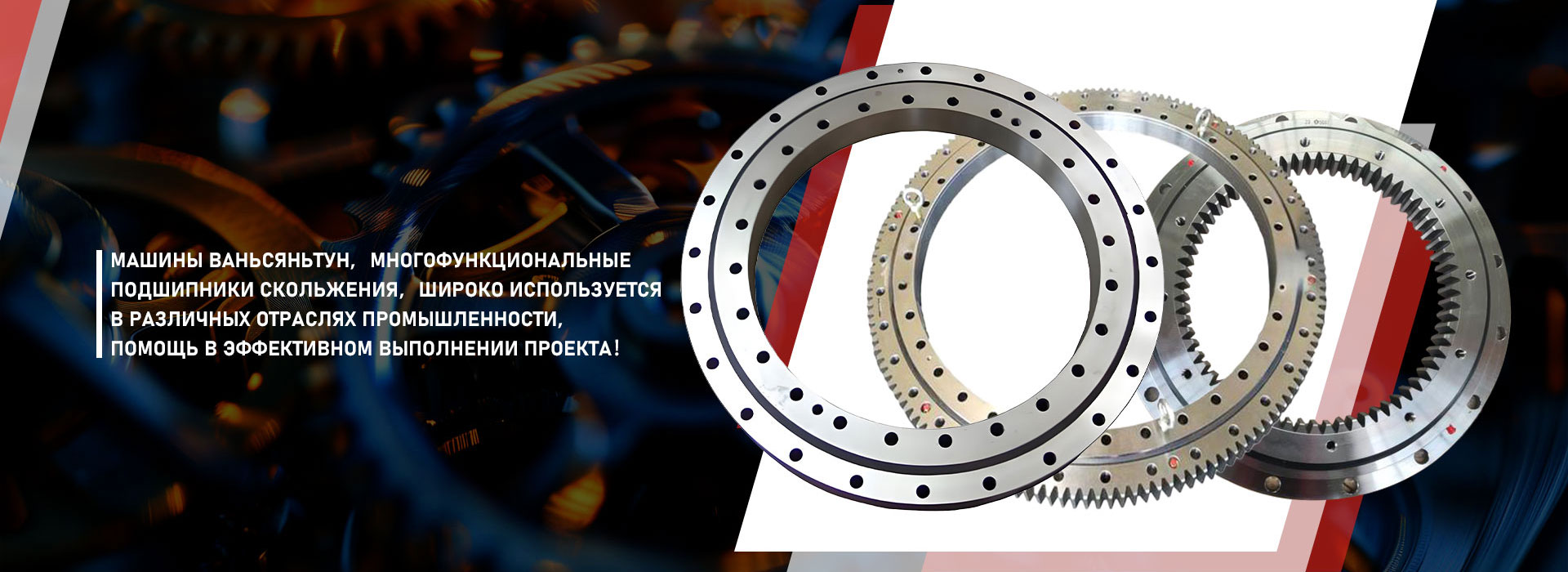
Mechanical processing of workpieces
Mechanical processing of workpieces
Mechanical processing of blanks is the process of giving part of a certain shape and dimensions by removing excess material. Imagine a piece of metal or plastic, roughly speaking,? It does not have the shape we need. To get, for example, a screw, a nut or a part for a complex machine, it is necessary to process it. This is what the machining does.
The main stages of the process
The processing process includes several key stages. First, the workpiece is installed on the machine. Further, special tools, such as incisors, mills, drill, remove excess material, forming the desired contours, holes, chamfers, etc. These tools, in fact, are very accurate and sharp? Knives?, Working at different speeds and strength depending on the material and the required accuracy. Each stage is preceded by thorough design and selection of tools so that the result corresponds to the specified parameters. Imagine how the master of the checker with incredible accuracy drives the details to each other. The same thing happens here, only on a much larger scale.
Various types of machining
There are many ways of machining, each with their own advantages and use. Drilling creates holes, milling allows you to process complex forms, lathes forms cylindrical parts. The choice of a specific method depends on the material of the workpiece, the required shape and accuracy. For example, for the processing of fragile materials such as ceramics, methods that avoid excessive pressure are used so as not to damage the part. More aggressive methods are suitable for more durable metals. The use of special lubricants and cooling liquids significantly improves the quality and safety of the process, reduces the wear of the tools and prevents overheating.
Quality and control at each stage
To get a quality result, strict control is necessary at each stage of processing. Measurements, sizes, thorough observation of the process - all this guarantees the compliance of the part with the specified parameters. Special devices are used to determine the accuracy of processing, such as micrometers and probes. Insufficient accuracy can lead to marriage, which should be fixed, or which will not allow the use of this part in the product. Therefore, quality control is an integral part of the entire process. As a result, we get ready -made details that will work reliably as part of complex mechanisms.
AppropriateProducts
Corresponding products
The best soldproducts
The best -selling productsConnectedsearch
Related search- The price of 3 cylindrical gears from China
- gears of the gearbox
- Manufacturers of machining methods in China
- The main countries-buyers of cheap metalworking
- Cheap suppliers of gear
- Cheap manufacturers of processing parts of products
- KMMU supporting plants in China.
- Cheap manufacturers of workpiece processing
- Cheap suppliers gear of the crankshaft 16 valves
- OEM4S manufacturers














